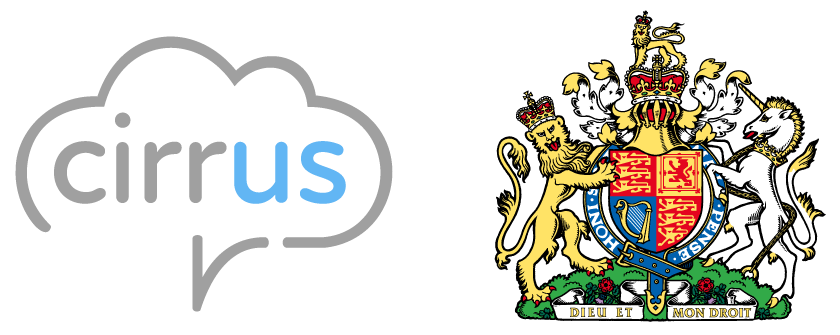A recent Contact Babel review of businesses that have adopted cloud contact centre technologies over the past three years reveals some interesting insights.
In recent years, we’ve seen a business improvement rationale for choosing cloud over on-premises solutions. Given the nature of cloud as a deployment option, it is not surprising to see scalability as a key driver for adoption; followed closely by improvements in business continuity and the ever-present reduction in capital expenditure.
Last year’s results show some movement in the primary drivers for adoption, with access to a broader range of functionality and support for remote workers and virtual contact centre operations gaining traction.
Interestingly, the “highest climber” on the chart was the fact that legacy system was going end of life and a cloud solution was just the preferred option for the refresh.
This got us to thinking, with the body of evidence supporting cloud as the “better” solution, what’s stopping businesses from moving to the cloud? There are certainly enough users of cloud in place to make a valid assessment of its performance.
It’s not secure! When cloud solutions first burst on the scene, security was the biggest concern for many. There was an inherent lack of trust associated with placing your data and applications in the hands of a third party. Well, it turns out that many cloud solutions offer greater security than legacy, on-premises solutions.
Cloud vendors invest heavily in systems security, both in terms of breach prevention and protection. They are better at threat detection and remediation and keep up to date with all the latest security patches and technologies. This realisation has filtered through to most IT and communications professionals. So much so, that security has not just lost its top spot; it’s not even in the top 5.
There was a time when relocating services to the cloud might have been associated with a loss of control or management information. This has also proved to be a false flag. Detailed analytics and remote config/management are integral to any cloud solution.
The biggest concerns among non-cloud users are now around systems complexity and integration. Few, if any, contact centres will use a system straight out of the box; most will have undergone a degree of customisation. The more significant the degree of customisation, the more concerns there are around replicating the functionality in the cloud.
In reality, most on-premises solution providers will have a cloud alternative that closely matches the legacy system. The cloud also offers the ideal environment for testing new systems, features and functionality without needing to invest in additional hardware.
Ease of integration has also been a barrier to adoption; with doubts expressed about the seamless nature of hybrid infrastructure. All evidence seems to point in the opposite direction, with hybrid infrastructure proving to be the preferred deployment option for the majority of businesses.
There is a reluctance to “jump too early” to cloud. Not because it’s unproven as a technology, but because there is often a lot invested in the legacy system. This is borne out by the Contact Babel research, with a larger number of companies adopting cloud when their legacy system goes end of life.
One thing to remember is that cloud is not an all or nothing option. If cloud is your ultimate destination but you need to squeeze the life out of your incumbent systems; use cloud to add new features and functionality in the short term. Use it to add capacity and agility rather than bolting on more hardware to your legacy infrastructure.
About Cirrus
As an experienced provider of cloud-based contact centre solutions, Cirrus is ideally placed to help organisations navigate their journey to the cloud. For more details on cloud features and performance, get in touch with one of the Cirrus team.




